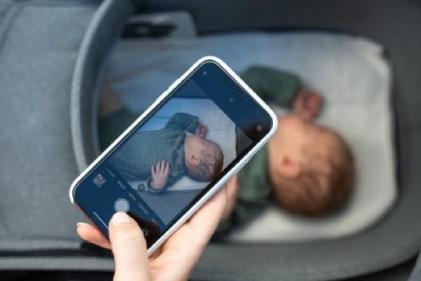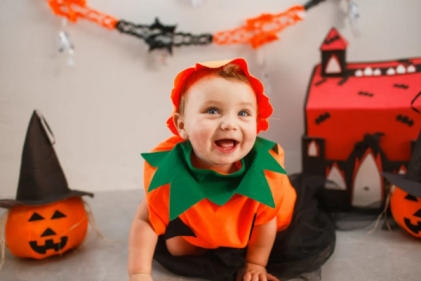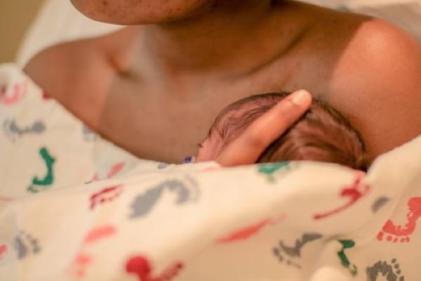Physical exam
Characteristic rapid eye movements and tilting of the head may be observed during the physical exam to establish nystagmus.
Your doctor will ask you about your child’s symptoms and medical history and perform a physical exam. If nystagmus seems to be present your infant may need a:
- Full exam with an ophthalmologist (eye doctor)
- Ear exam, including a hearing test or a dizziness test
- Exam with a neurologist or other medical specialist
Tests
Several tests may be performed to diagnose or rule out nystagmus. The most beneficial of these tests in diagnosing congenital nystagmus is Optokinetic nystagmus testing (OKN) The doctor will monitor how your child watches targets that are moving simultaneously in different directions.
Tests may include:
- Visual examination of the inside of the eye with an ophthalmoscope
- Vision testing
- Eye movement recordings—to verify the type of nystagmus and determine the details of the movements
- Neurologic exam
- Computerised tomography (CT) —X-rays of the brain
- Magnetic resonance imaging (MRI) —magnetic and radio waves used to make images of the brain
The ophthalmologist will also examine your child for other eye problems that may be related to the nystagmus, such as strabismus, or cataracts.
Learn more about treatment for nystagmus








